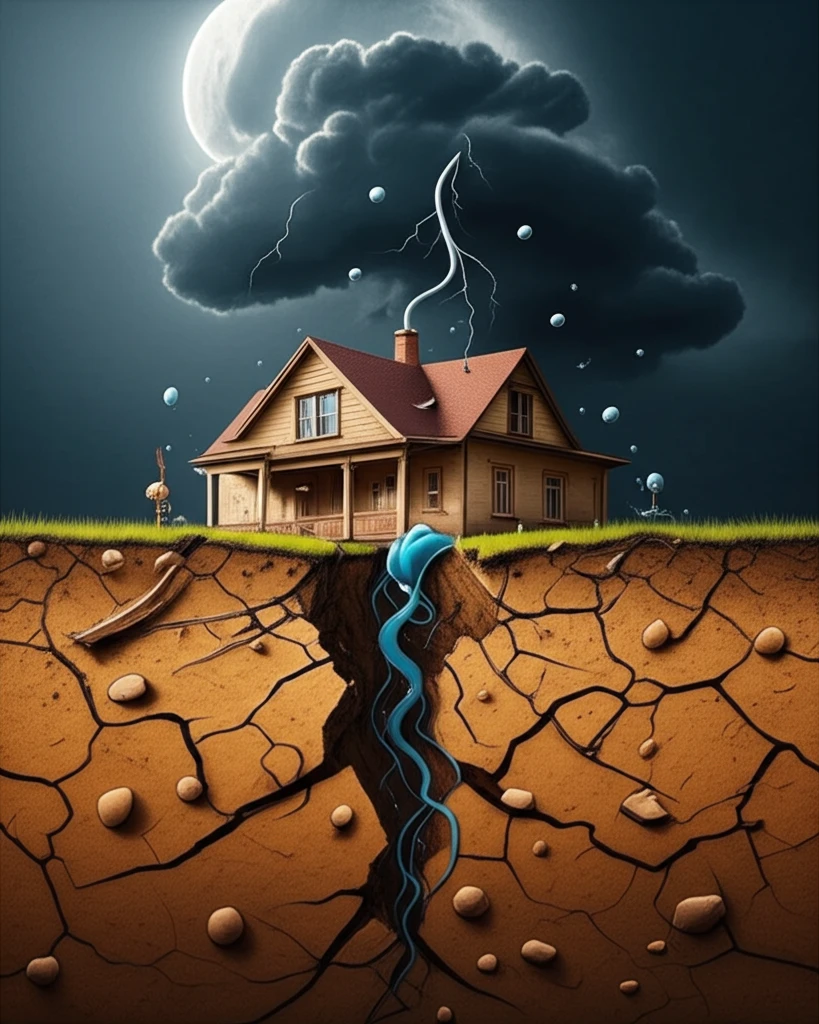
Unstable Ground? How Loess Soil Could Be Impacting Your Construction Project
"Discover how understanding and testing loess collapsibility can help you build safer, more stable structures."
Have you ever wondered why some buildings seem to sink or crack over time? One potential culprit lies beneath our feet: the soil itself. In certain regions of the world, a soil type known as loess can pose significant challenges to construction due to its unique property of 'collapsibility'.
Loess is a wind-deposited sediment composed of silt-sized particles. While seemingly stable when dry, loess can undergo a dramatic reduction in volume when it becomes saturated with water. This phenomenon, known as collapsibility, can lead to ground settlement and potentially compromise the integrity of structures built upon it.
Understanding and mitigating the risks associated with loess collapsibility is crucial for ensuring the safety and longevity of construction projects. Recent research has focused on improving testing methods and employing advanced analytical techniques to better predict and address this issue. This article will delve into the challenges posed by loess soil, exploring innovative approaches to assess its collapsibility and offering insights into how to build more resilient foundations.
What Makes Loess So Tricky?

Loess soils are widespread in various parts of the world, including areas of China, the United States, and Europe. These soils are characterized by their loose structure and relatively high porosity. This means they have a lot of empty space within them, which can become filled with water. The problem arises when this water weakens the bonds between the soil particles, causing the structure to collapse under the weight of overlying structures.
- High Void Ratio: The large amount of empty space in loess makes it susceptible to compaction when wetted.
- Weak Cementation: The bonds between loess particles are often weak, making them easily broken down by water.
- Water Sensitivity: Loess minerals can react with water, further weakening the soil structure.
- Overburden Pressure: The weight of buildings or other structures increases the stress on the soil, exacerbating the effects of collapsibility.
Building on Solid Ground
Dealing with loess soil requires a comprehensive approach that combines thorough site investigation, appropriate testing methods, and careful design considerations. By understanding the unique properties of loess and implementing appropriate mitigation techniques, engineers and construction professionals can ensure the stability and safety of structures built on this challenging soil type. Ignoring these considerations can lead to costly repairs and, in severe cases, structural failure.
